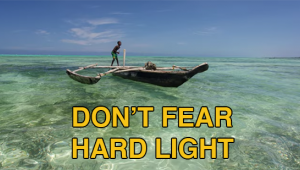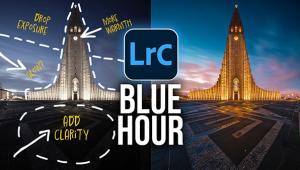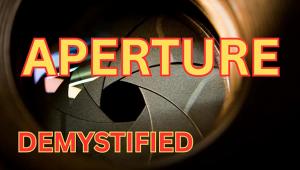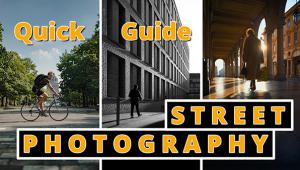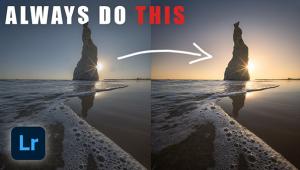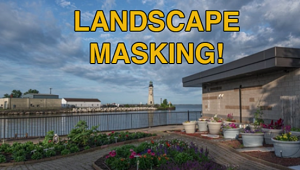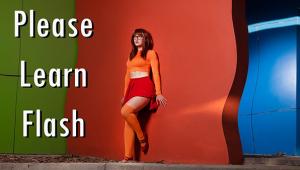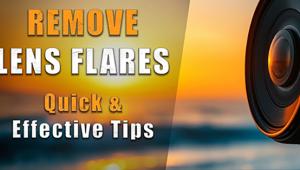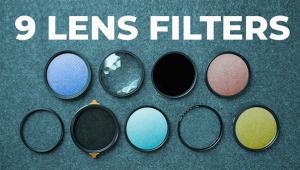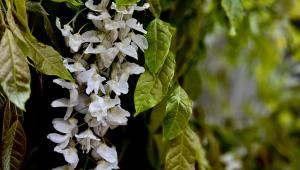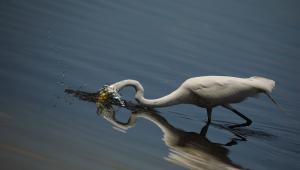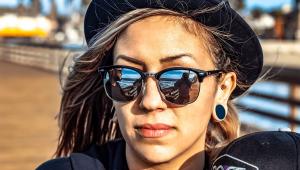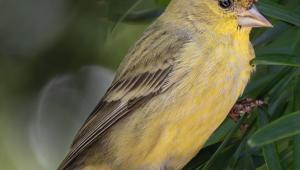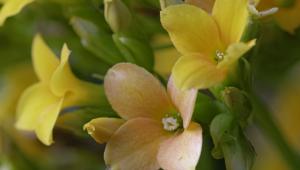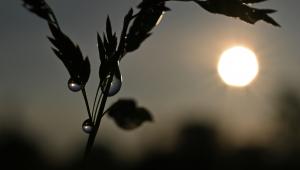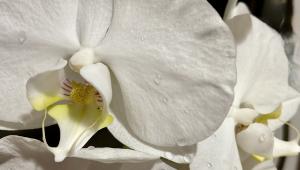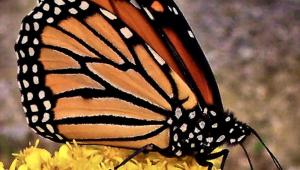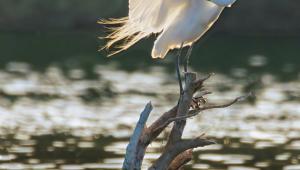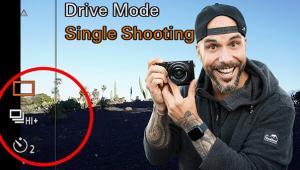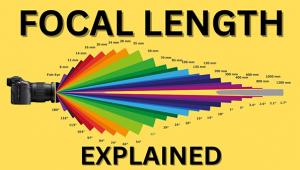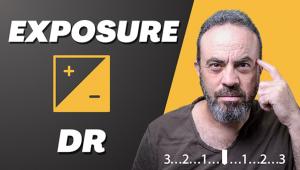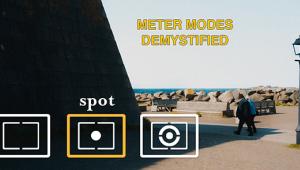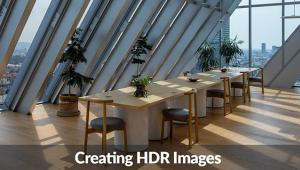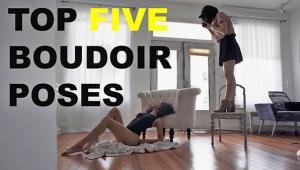Beginner Architecture Photo Tips: Cityscapes, Buildings & More (VIDEO)

The great thing about architectural photography is that it offers spectacular opportunities wherever you live. Most folks reside near a big city, and even if you don’t you’ll find interesting buildings nearby.
Even if you’re not inspired by what you see in your hometown, we’ll let you in on a secret: Scenes that appear cluttered or boring during the day take on a magical appearance after dark once the sparkling lights turn on. And if you think this type of photography requires specialized skills and equipment, take a look at the simple tutorial below.
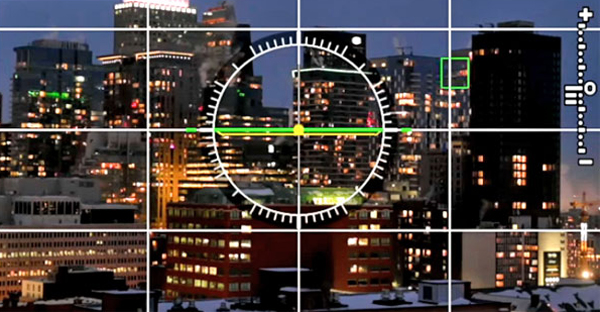
Photographer Saurav Sinha is a self-proclaimed "camera geek,” dedicated to helping others improve their skills, with straightforward techniques that anyone can master. In this nine-minute episode he provides six simple architectural photography tips geared specifically to beginners.
Three months ago Sinha relocated to Montreal from Mumbai, India, and his new home has a strong architectural heritage with a backdrop that’s perfect for this episode. He covers everything from equipment and camera settings, to shooting in low light, dealing with weather and time of day, and composition.
The video kicks of with a discussion of photo equipment for architecture work, and Sinha provides a list of his preferred gear in the description beneath the video. He also explains how lens distortion can result, and how you can fix it in post, when aiming the camera upwards to include tall buildings in the frame.
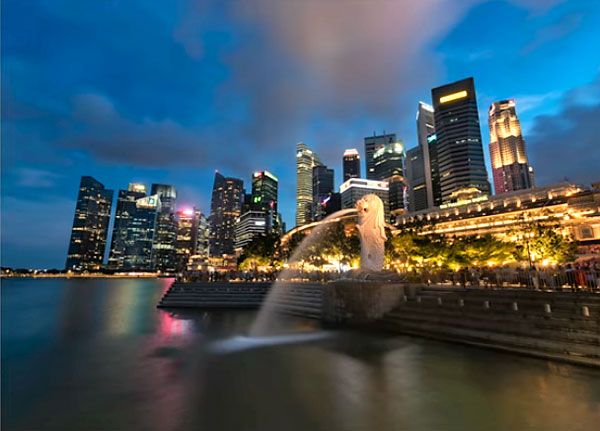
Sinha also provides a wealth of advice on composition and appropriate camera settings, including how to use exposure bracketing to get the look you’re after. He also discusses the best time of day to shoot, and offers helpful suggestion for shooting after the sun drops below the horizon.
You can find more great tips on Sinha’s YouTube channel, so be sure and take a look. And for another tutorial that’s also helpful for architecture, check out our Lightroom story explaining how to recover shadow detail in underexposed images.
- Log in or register to post comments

